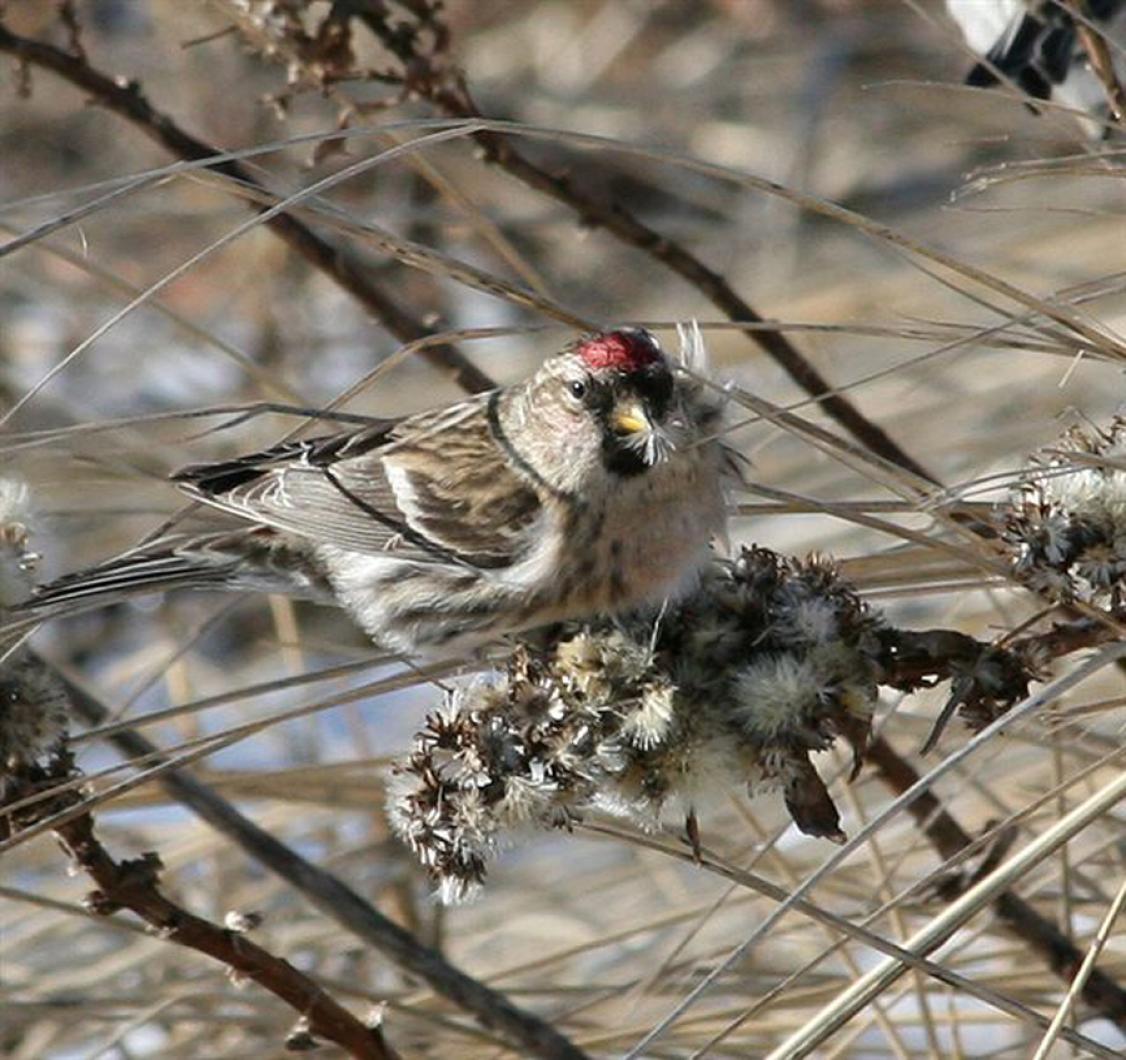The adventure started when Matt Pelikan received a call from a graduate student in the Department of Natural Resources at the University of Rhode Island. She informed Matt that she was studying black scoters and specifically her project was to track their winter movements. To do so she was fitting black scoters with transmitters similar to those that Rob Bierregaard uses on the ospreys. One of “her” birds was sending signals from the same spot on Norton Point. Is there some way she could hook up with someone to take her out to try to find the bird and/or the transmitter? As you might recall from Rob Bierregaard’s work, the transmitters are very expensive and if there is a possibility of retrieving them it should be done.
Matt Pelikan called Lanny McDowell. Unfortunately the grad student was deterred by the weather. So Lanny contacted me, Flip Harrington and Richard Cohen to join him in driving out to Norton Point to make an effort to find the transmitter. We had a map that had been e-mailed to us with an approximate location (within 250 meters). We drove out to the spot on the map and parked. Flip and Richard headed east and Lanny and I headed west. We walked along the wrack line figuring anything lower would have been washed out. We were fairly sure that the bird was probably gone, recycled by gulls, skunks, raccoons and the like. However, we hoped we could see the antennae sticking up through the seaweed and sand. A cover of snow didn’t help the process.
I was pleased to bump a flock of four eastern meadowlarks and watch a few buffleheads and many black ducks feeding in Katama Bay. A few black-bellied plovers and dunlin rested on the shoreline. A couple of smaller birds flew over me which I could not identify. Lanny called to ask if I knew what they were; I said I thought they were American pipits, but wasn’t sure. He said he had heard their call and it didn’t sound exactly like pipits. We knew we couldn’t find those individuals so we headed toward the car. Nine eastern meadowlarks flew up from the snowy beach and crossed over to the marshes by the condominiums. Next three small birds flew over and landed in a patch of seaside goldenrod. At first we thought they were sparrows, but when we looked through our binoculars we discovered they were common redpolls. The redpolls started to pull the fluff off of the goldenrod flowers that had gone to seed and chowed down on the attached seeds. Lanny and I watched and Lanny photographed these uncommon Vineyard visitors.
We all returned to the car empty-handed, no transmitter. But as Richard Cohen remarked, “We never get skunked when we come out here.” We all agreed, there are always birds on Norton Point or on the bay, and there is usually at least one special bird or activity to enjoy in any season.
Bird Sightings
Rob Bierregaard reports on his ospreys that are rigged with transmitters; “We seem to have all six of our survivors tucked in for the winter. Belle is further south than any bird we have followed. She had flown more than 4,000 miles from home.” To check on all the ospreys including the Vineyard’s Belle go to: bioweb.uncc.edu/Bierregaard/migration10.htm
Luanne Johnson heard from Skip Bettencourt and Nancy Hugger that they had an eastern towhee calling in their yard on Jan. 2 and saw a screech owl later in the evening at their Chappaquiddick home.
Whit Manter and Wayne Petersen spotted a light morph rough-legged hawk over Uncatena on Jan. 3. These hawks used to be a common winter visitor, but not so in recent years.
On Jan. 5 Melissa Patterson found a dovekie that had perished on her West Tisbury deck. She wasn’t sure what killed it, maybe hitting a window. The Pattersons live in the center of the Island, a far cry from the ocean where these birds live. It must have been blown inland and then couldn’t fly. On the same day Sarah Mayhew counted six green-winged teal on Look’s Pond. Flip Harrington and I spotted a brown creeper on an oak outside our Chilmark home. Tom and Barbara Rivers watched a dozen cedar waxwings bathing in their bird bath.
Lanny McDowell reports that the Eurasian wigeon and the redhead are still at the Oak Bluffs Pumping Station as of Jan. 6.
On Jan. 7 a killdeer was wandering around the fields at Felix Neck Wildlife Sanctuary. Ginny Jones watched a barn owl ghosting over her truck as she headed down Middle Road around 9 p.m. Ginny as well as Dan Waters and others other have resident hawks at their bird feeders. Dan’s is definitely a sharp-shinned hawk. Other people have Cooper’s hawks. It is rare to have peregrines or merlins staking out a feeder, but not impossible.
Keith Jackson photographed an immature harlequin duck in Edgartown harbor on Jan. 8
On Jan. 9 Martha Moore scoped a falcon sitting on a tree near Middle Point Cove on Tisbury Great Pond and identified it as a merlin before the crows starting mobbing it. Off the merlin flew.
To me the most exciting news was that Martha Moore spotted bobwhite on Deep Bottom Cove on Jan. 11.
Please report your bird sightings to the Martha’s Vineyard Bird Hotline at 508-645-2913 or e-mail to birds@mvgazette.com.
Susan B. Whiting is the coauthor of Vineyard Birds and Vineyard Birds II. Her Web site is: vineyardbirds2.com.




Comments
Comment policy »